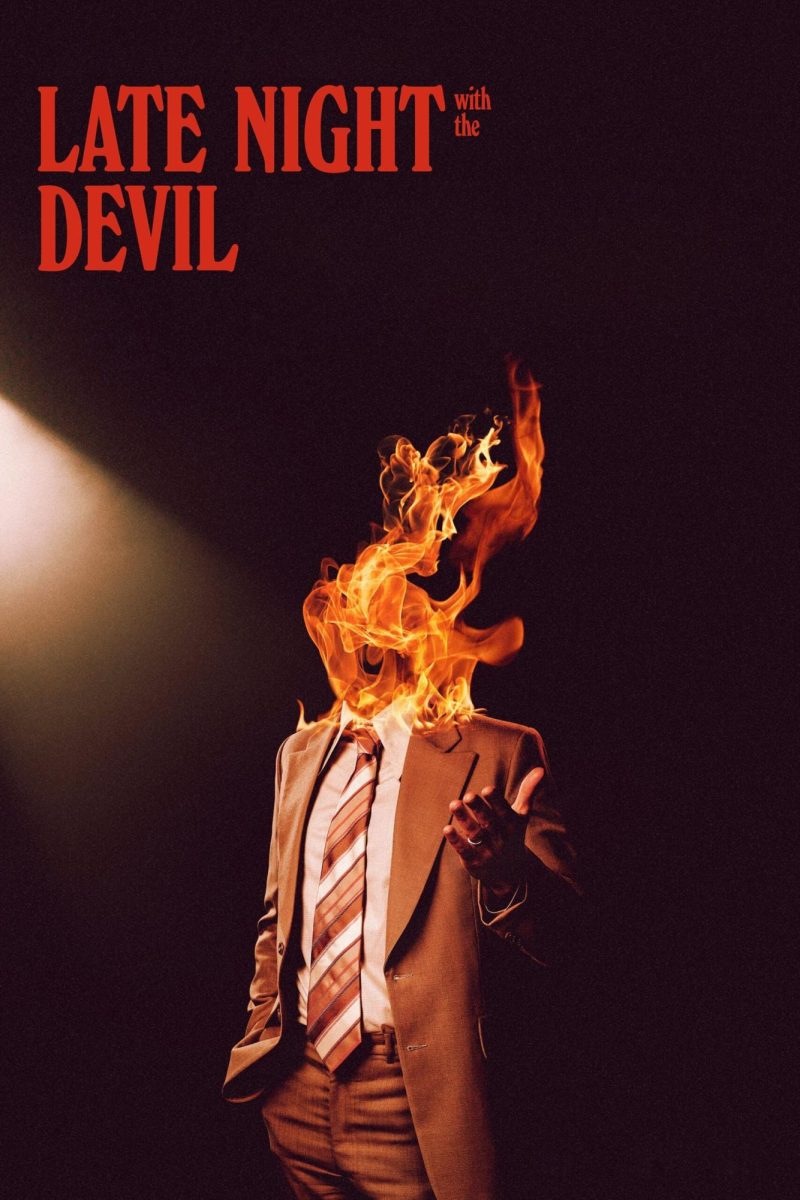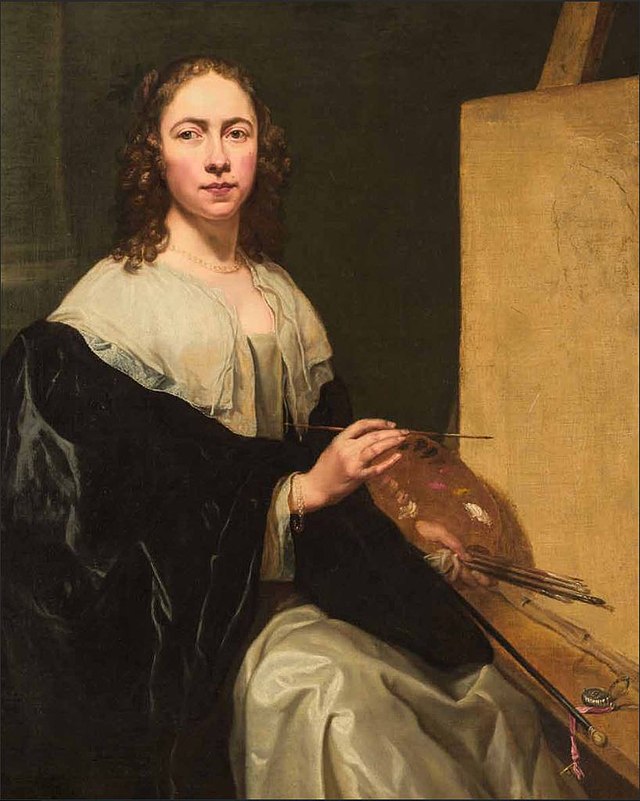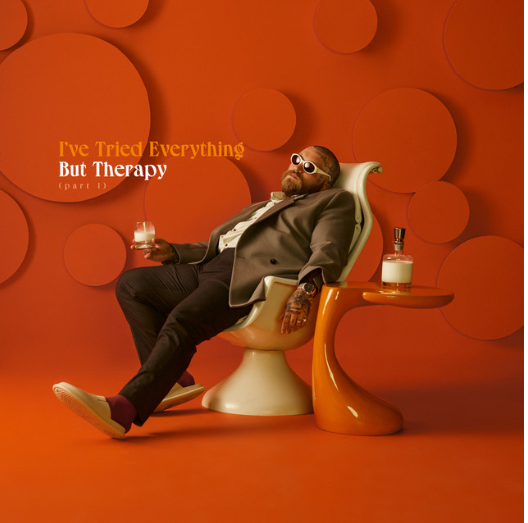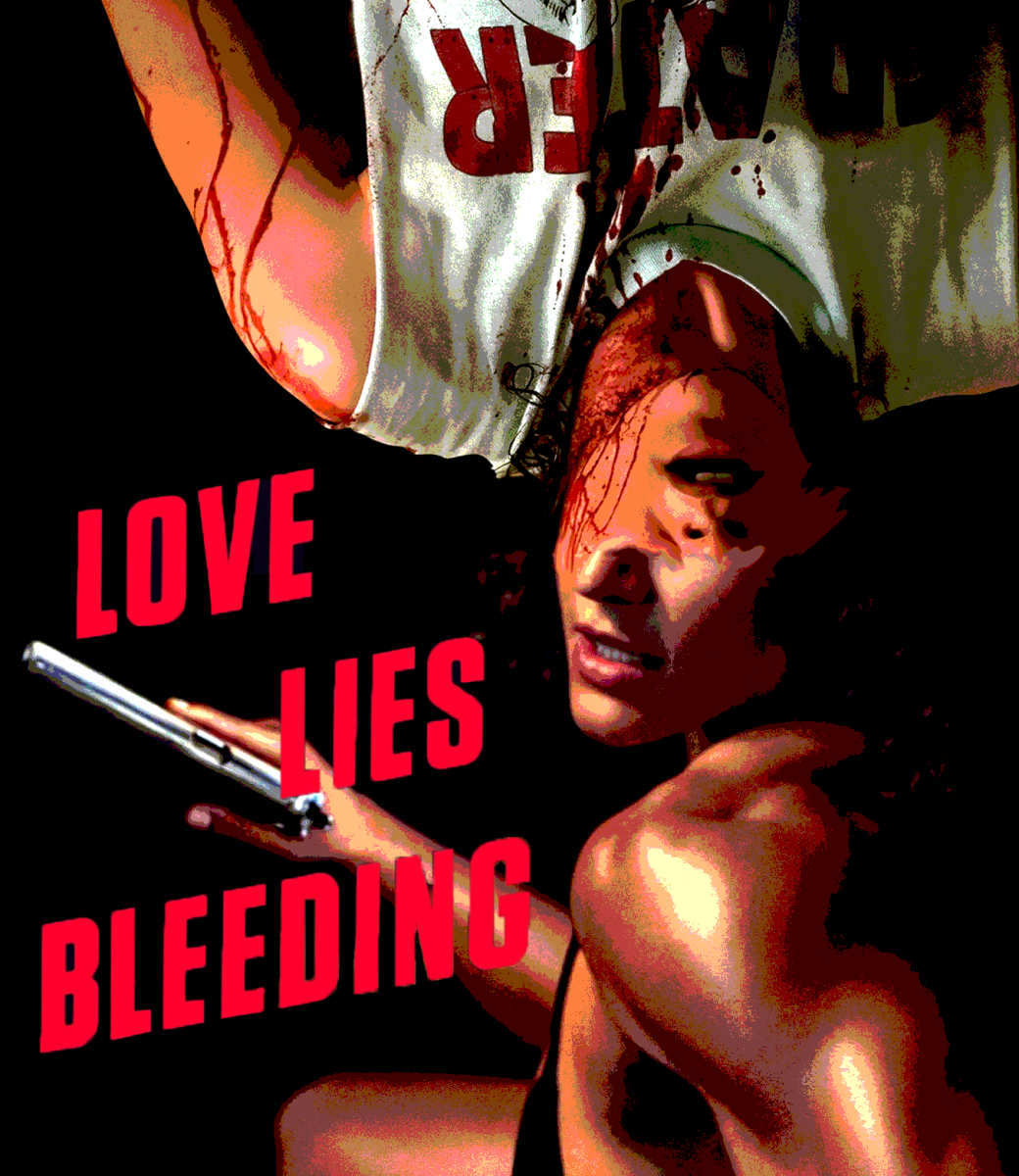The art history program, of SLU’s Department of Fine and Performing Arts, sponsored an event, “Corsets, Cleavage, and Codpieces: The Sexing of Style in Early Modern Europe,” on Wednesday, Nov. 5. Dr. Carole Frick, historical studies department chair at SIU-E, presented her lecture to a group of Saint Louis University students and administration in Boileau Hall. Her lecture was both witty and fascinating.
Frick presented several historical portraits and paintings, followed by a brief analysis of the correlation between fashion and society of the time period.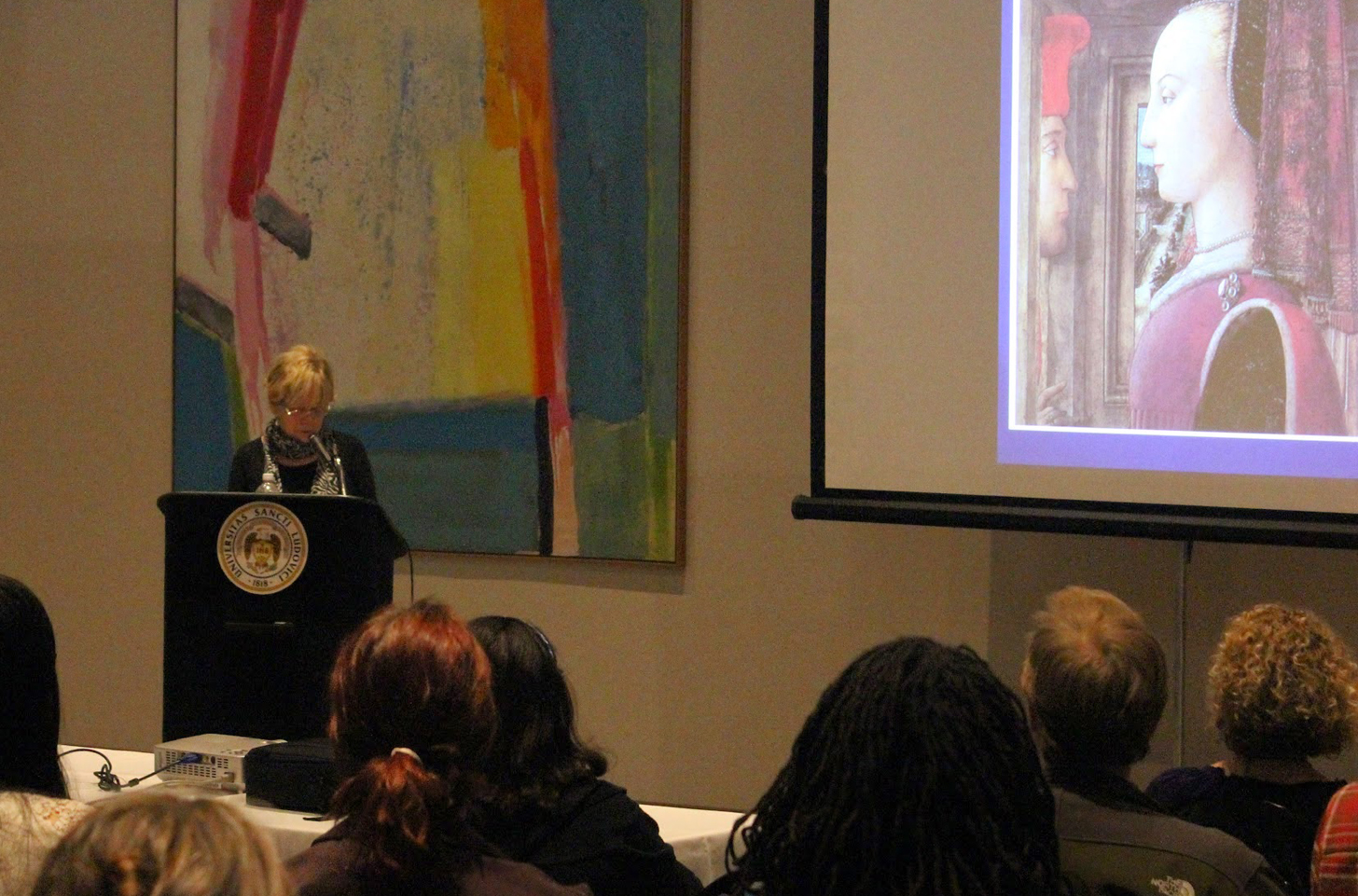
Frick’s lecture began with a clarification of clothes as superficial, versus clothing as a reflection of social currents. She explained how clothing, in a piece of art, may be the most representative factor of a particular time period. She also addressed a current example of this concept: ISIS. Camouflage clothing, military-style boots and seams exposed on the outside are several current fashion trends, reflective of current military action.
An analysis of clothing in artwork can also lead to a reflection on concerns of the time period. Dr. Frick introduced the phase of black-and-white clothing in artwork following World War II. This black-and-white clothing mimics the sense of uncertainty of the time period. Government officials, during this time, tried to calm the masses by ensuring that the solution was “as simple as black and white.”
Her lecture continued with the discussion of Renaissance utilitarian clothing and its portrayal as a necessary functionality. For example, men and women were painted in similar fashions and body types. Dr. Frick explained that this similarity in fashion between men and women continued into the early 14th century. An evident distinction between the elite and non-elite existed in art work of the time period. The elite had more resources and were able to afford a wider and more fanciful variety of clothing.
The High Renaissance is known as an era of great flux for various reasons, including the discovery of the New World. Manners of fashion depicted in the paintings portrayed this time of transition. Dr. Frick noted the representation of abstract views of the time present in the clothing. One painting specifically mentioned was “Portrait of a Lady in Red.” Dr. Frick described it as a portrait of a woman that had a purpose in society. This is evident in the painting because of the reflective service interests, pearls and stiff materials.
A separate time of transition occurred, Dr. Frick said, between the 14th and 15th centuries. The 14th century consisted of more modest garb versus the revealing, risqué clothing present in the 15th century.
Cleavage and corsets were introduced to portray alluring public women. These women were not considered as proper dutiful wives but women of men’s fantasies. Dr. Frick mentioned a painting from 1510, portraying two public women, aka prostitutes. In the image, one woman is bending down to expose her cleavage.
The social upheaval of this century, specifically the threat of Charles V and the Roman invasion, led to the ordinance of paintings of men in bold military style clothing. One element of this style present in paintings was the codpiece. The codpiece was noted as symbolic of masculine power.
Frick’s lecture concluded with an explanation and analysis of a portrait of Elizabeth I of England, from around 1600. In the image, she is portrayed as both virginal and powerful, and she exposes her body. Dr. Frick explained this portrait as the depiction of an absolute monarch.



